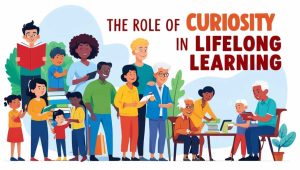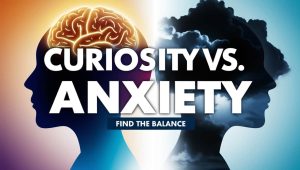Introduction
Curiosity is one of the most defining traits of humanity. From inventing the wheel to exploring outer space, our insatiable desire to learn and discover has driven remarkable achievements. But what fuels this curiosity? Psychologists believe curiosity is deeply rooted in human evolution and serves essential survival and developmental purposes.
Understanding the Psychology of Curiosity
Curiosity can be described as the drive to acquire new knowledge or experience. It stems from a complex interplay of emotions, cognitive processes, and biological mechanisms.
- Evolutionary Roots: Early humans needed curiosity to survive. Exploring unknown territories or learning new skills often meant better chances of survival.
- The Dopamine Factor: Modern research reveals that curiosity triggers dopamine release, a chemical associated with pleasure and reward. This creates a positive feedback loop, encouraging us to seek more information.
Curiosity and Brain Function
When you feel curious, your brain activates regions like the hippocampus (responsible for memory) and the ventral striatum (reward processing). This is why learning about something that piques your interest feels rewarding.
Real-Life Connection
Ever felt a strong urge to finish a gripping novel or solve a challenging puzzle? That’s your brain rewarding you for indulging your curiosity, reinforcing this behavior for future learning.
Types of Curiosity
Psychologists categorize curiosity into two main types:
- Perceptual Curiosity: This is driven by uncertainty or gaps in knowledge. For example, seeing an ambiguous image may leave you intrigued.
- Epistemic Curiosity: This involves a deeper quest for understanding, like researching a topic or asking thought-provoking questions.
Conclusion
Human curiosity is a powerful psychological tool that not only drives individual growth but also propels society forward. It is a testament to our innate desire to explore, learn, and evolve. By nurturing curiosity, we can continue to unlock potential, both within ourselves and in the world around us.









